The 7 Deadly Synth Sounds (and How to Recreate Them!)
In this feature we assemble a list looking back at the best synth sounds from the 70’s and 80’s and how to get those sounds yourself… Here we’ve chosen the Seven Deadliest Synth sounds – not simply because it’s a great play on words, we assure you – from the 1970s and 80s, a time […]

In this feature we assemble a list looking back at the best synth sounds from the 70’s and 80’s and how to get those sounds yourself…
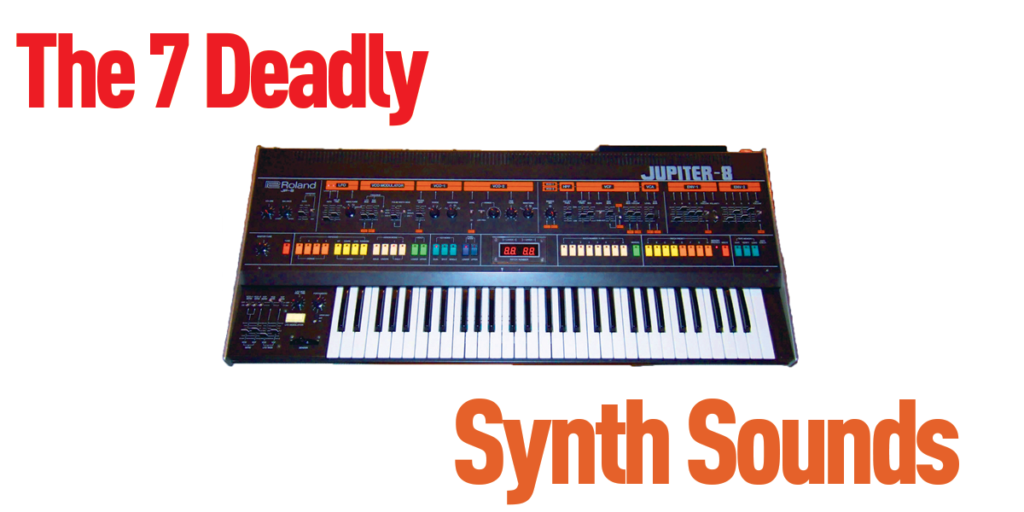
Here we’ve chosen the Seven Deadliest Synth sounds – not simply because it’s a great play on words, we assure you – from the 1970s and 80s, a time when the synth rose to become the dominant instrument in music production. So without further ado, let’s kick things off and go back to 1982, or perhaps forward to 2019…
1: Vangelis’ pad sound from Blade Runner
Blade Runner is now touted as one of the greatest films ever made and its soundtrack has become almost as iconic, thanks to tracks like the emotive The Love Theme and high-tempo End Titles, all produced by the Greek god of the synthesiser: Vangelis.
It’s the incidental pads shimmering throughout the film that get our vote here and remain some of the most appropriate and atmospheric sounds ever to grace cinema. It’s still not certain who will be doing the music to the sequel to Blade Runner scheduled for next year, but if we had our way, either get us to do it or, of course, Vangelis himself. Better still, just use the original soundtrack, as it was such a pivotal factor in the success of the original film.
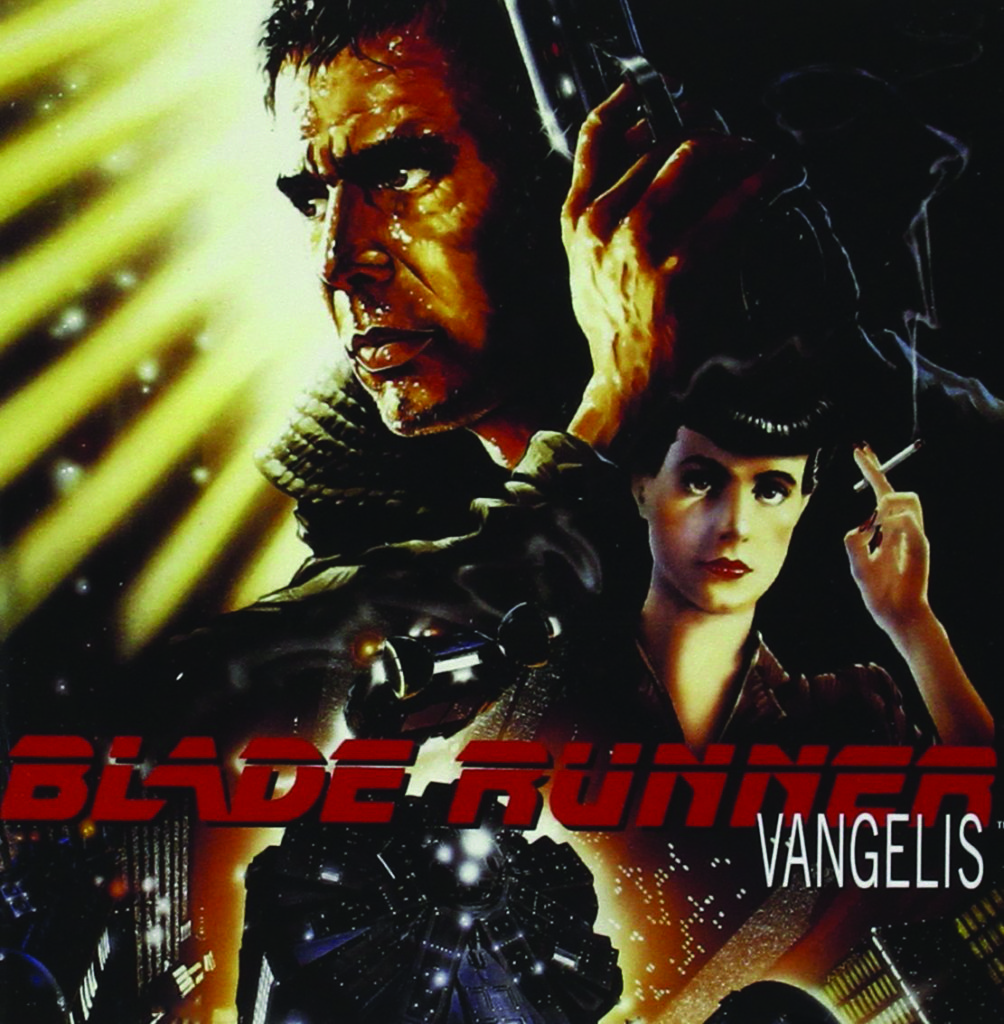
To recreate it
Vangelis used his trusty Yamaha CS-80 for much of the music on Blade Runner. It’s now one of the most sought-after synths ever, and you’ll be out of pocket by a five-figure sum if you can even find one. The easiest way to recreate it fully is with Arturia’s CS-80 variant, the CS-80V, but any pad sound can be pushed into this atmospheric realm.
2: The intro to Jump by Van Halen
Jump is to synth heads what Stairway To Heaven is to guitarists. To some, it’s an iconic sound that perfectly sums up an area of music making and a time in human history when soft rock was king; to others, it’s just bloody awful. The latter are usually people who work in music shops and have to hear it on a daily basis or, like us, people who have been to more than 20 NAMMs, the West Coast US gear show where the intro to Jump is played on every keyboard there at least 50 times a day (and all within earshot as we peruse the stands and halls). We never want to hear it again, but it certainly makes our iconic sounds list…
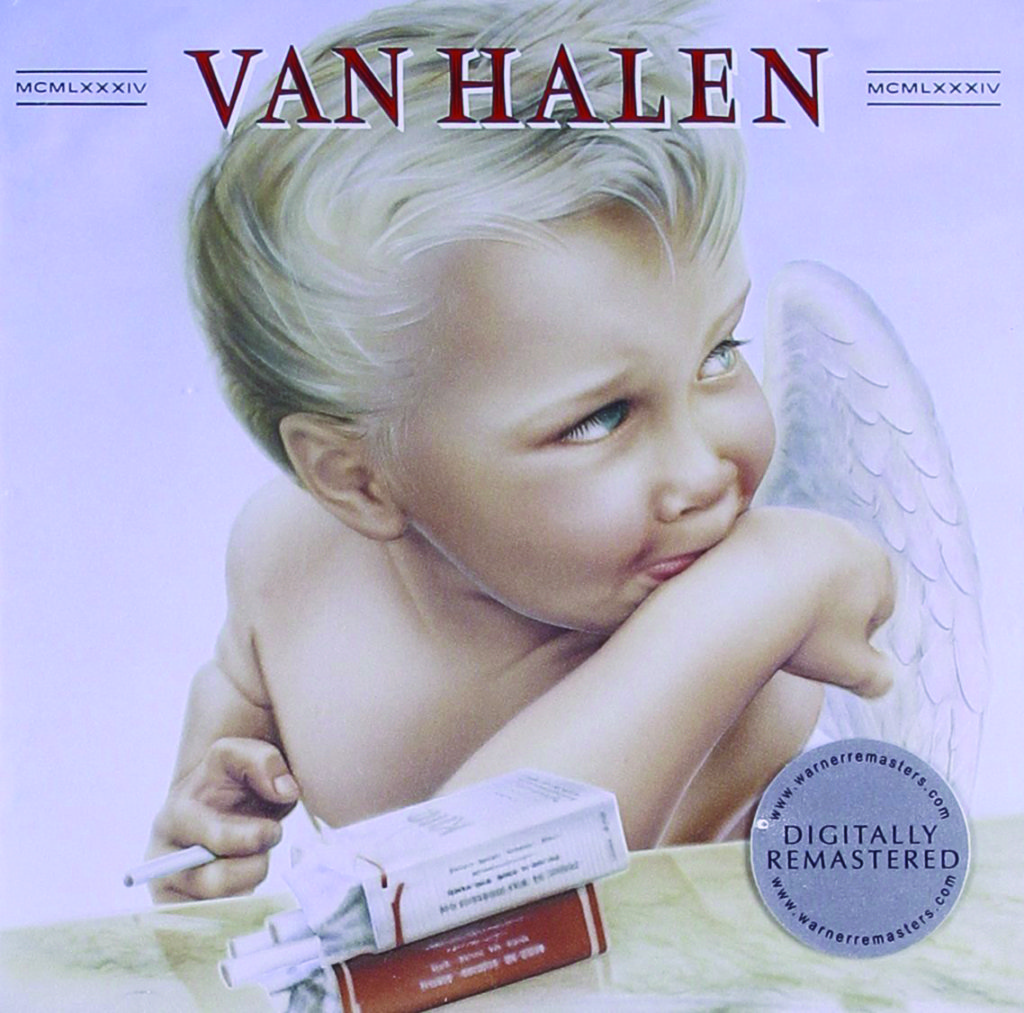
To recreate it
It’s actually pretty easy and not dissimilar to the Vangelis pad. Again, you’d ideally want to use the original instrument it was recorded with – in this case an Oberheim OB-X – and again, Arturia can help you out with a top-notch emulation.
3: The Giorgio Moroder bits from Donna Summer’s I Feel Love
The machine-like, programmed bassline on I Feel Love so perfectly countered Summer’s breathy and lush vocals that the song almost single-handedly launched synth pop back in 1977. Giorgio Moroder, along with engineer Robbie Wedel and co producer Pete Bellotte, put the track together almost entirely on a Moog Modular synth, including all the song elements bar the kick drum.
In those days, it was programmed step-by-step – but it was worth it, as the track made such an impact that Brian Eno apparently told David Bowie that it was the future of music, as they recorded the real future of music together in Berlin.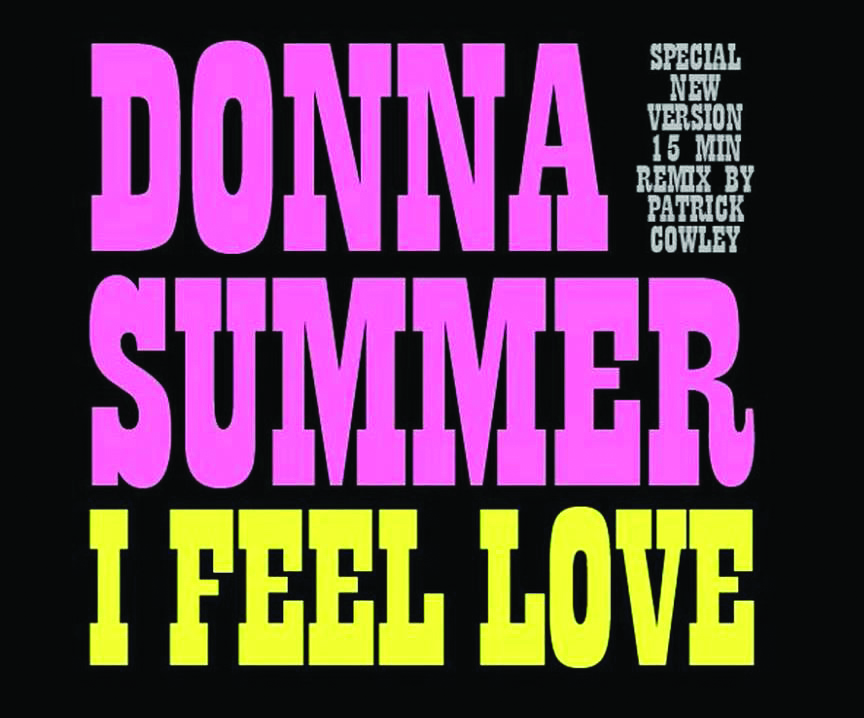
To recreate it
Your absolute best bet is to get yourself a Moog Modular and spend days wrestling with it to recreate the sounds. Okay, not really. If you are the lucky owner of a limited-edition Novation MoroderNova you will have this sound (and 49 other Moroder presets) and be ready to be arpeggiated into …Love action. Sadly, that was a limited-edition synth, but MiniNova users can download those 50 Moroder sounds into their machines now from the Novation website.
The rest of us can quite easily ‘do a Moroder’ with an arpeggiator and bass sound on pretty much any synth. Set your tempo to around 100 to 110BPM and your arpeggiator to 16th notes. Play C, G, Bb, move up three semitones and then two. Why not latch and play with the filter for some extras that Giorgio couldn’t do at the time?
4: Gary Numan – the beefy pad lead from Are ‘Friends’ Electric?
We love Gary Numan – he is one of the most self-effacing rock stars you can meet. He insists he didn’t invent synth pop – not intentionally, anyway. The story goes that he was looking for a new angle to move away from his punk roots, walked into the studio one day, played a sound on a Minimoog – which went on to be the sound on this track – and boom: synths = popular.
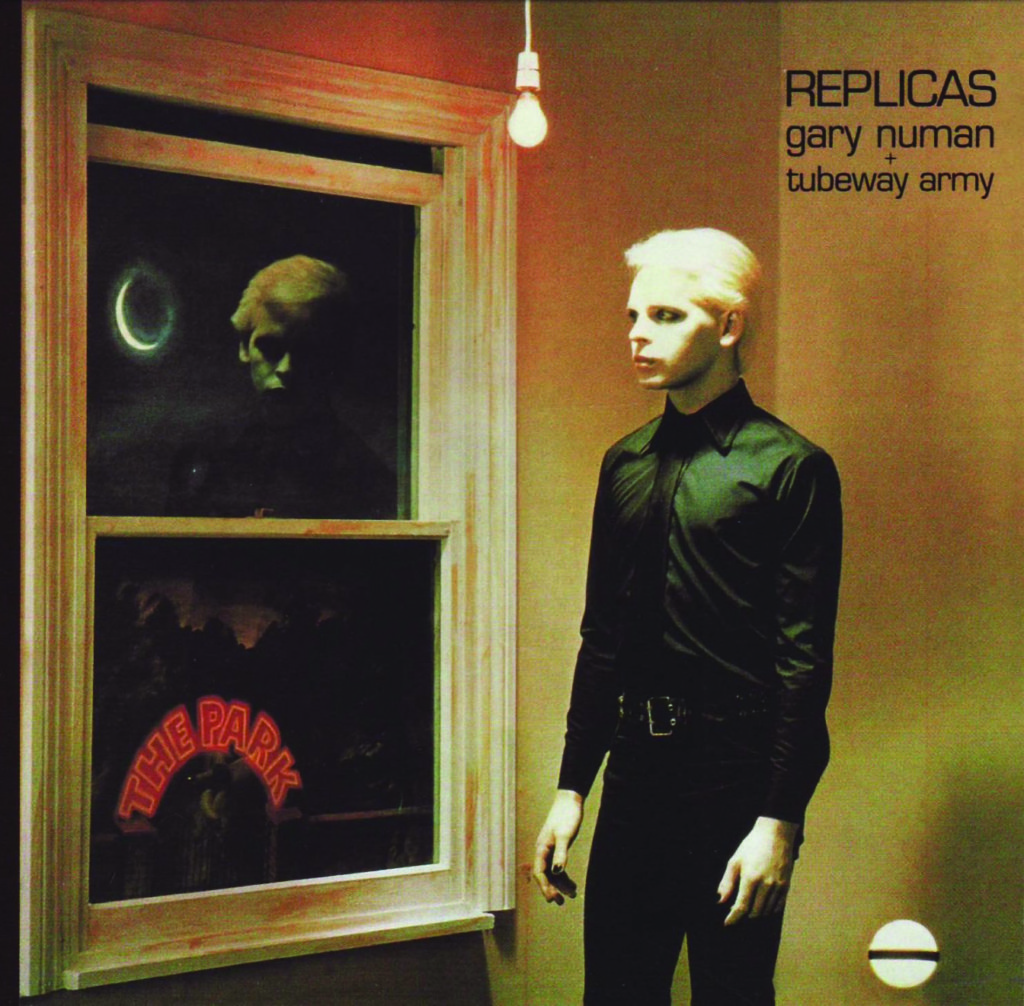
To recreate it
You don’t need a Minimoog, although, of course, one would be nice. You can buy different software versions, and freeware variants also exist. As for hardware, you could wait for the real thing, because as we go to press, Moog has announced that Minimoog Model D production is resuming (indeed, the company just presented one to none other than Gary Numan at Moogfest in recognition of his contribution to music – richly deserved, we reckon).
A bit of real bass wouldn’t go amiss here to underpin it. Numan was fond of a bit of bass, as he told us last issue – in fact, he revealed to us that he wrote another synth classic, Cars, with a bona fide bass guitar!
5: Depeche Mode – Just Can’t Get Enough lead and bass
Depeche Mode burst onto most people’s radar with Just Can’t Get Enough. It was in the band’s Vince Clarke phase and they were very much getting to grips with both the technology and the songwriting, not to mention the hair. Just Can’t Get Enough has that killer intro – still a crowd shaker to this day – and a bass sound to counter it. If ever a song demo’d the beauty of simplicity, this was it.
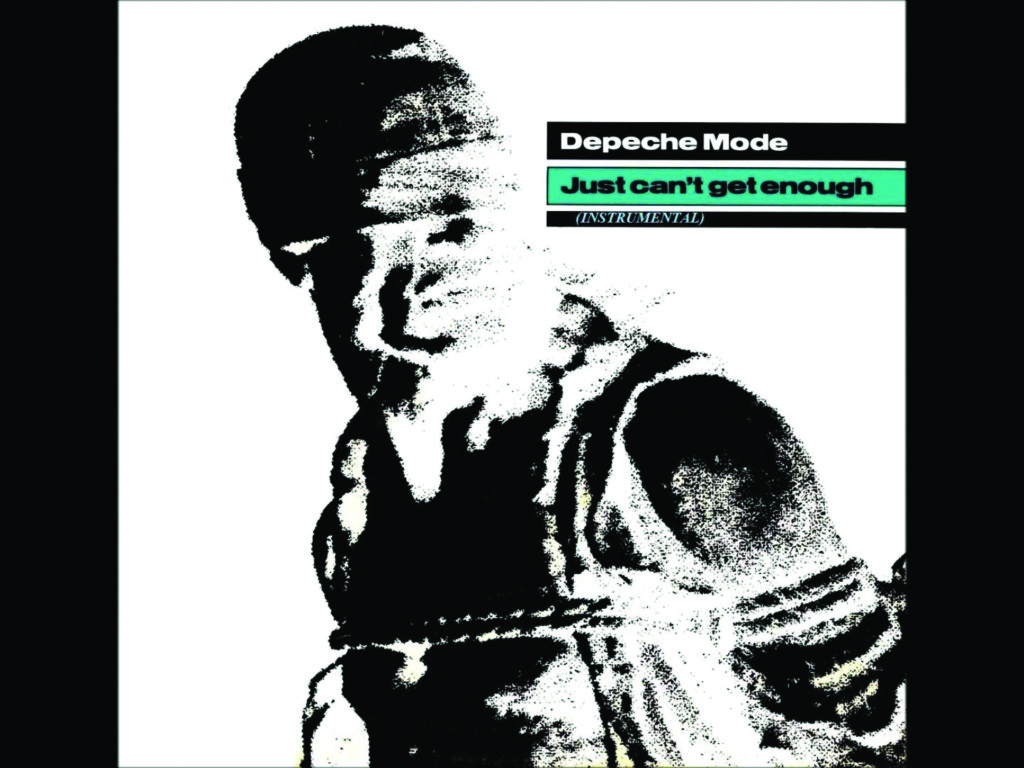
To Recreate it
The Depeche boys (which they were back in 1981) used a Yamaha CS-5, Roland SH-1 and Kawai 100F among other fairly basic machines, so you should be able to recreate this combo of sounds on pretty much any virtual analogue.
We got a pretty damn good approximation of this one with the DSI OB-6 (on test this issue). That’s not to say you’ll need one for the task in hand but, again, a two-oscillator analogue is a preferred option, if only to give you the extra fatness.
We mixed a triangle with a sawtooth wave, detuning the former by five semitones. Attack and sustain are low, release and decay medium. Filter and resonance will allow you to home in on the sound here, but you might get distracted along the way and just keep what you have.Start your riff at G and stick to the white notes (the band experimented more with the black ones later in their career). Lazily, we used the same sound for the bass and it kind of works – but we are lazy, which explains why we’re talking about their music and they’re still making it, 35 years on…
6: The Human League – Don’t You Want Me
In terms of loving it or loathing it, this is another Stairway… equivalent. But the ‘duh, duh, d-duh, duh’ bit from Don’t You Want Me is right up there with the most recognisable synth sounds and, along with the opening chimes of Soft Cell’s Tainted Love, is the 80s synth riff guaranteed to get everyone up and dancing at a wedding.
Yes, even us. The Human League went from little-known experimental brilliance through acrimony to a Christmas Number 1 in the space of a year – and this was also the track that turned them into global superstars.
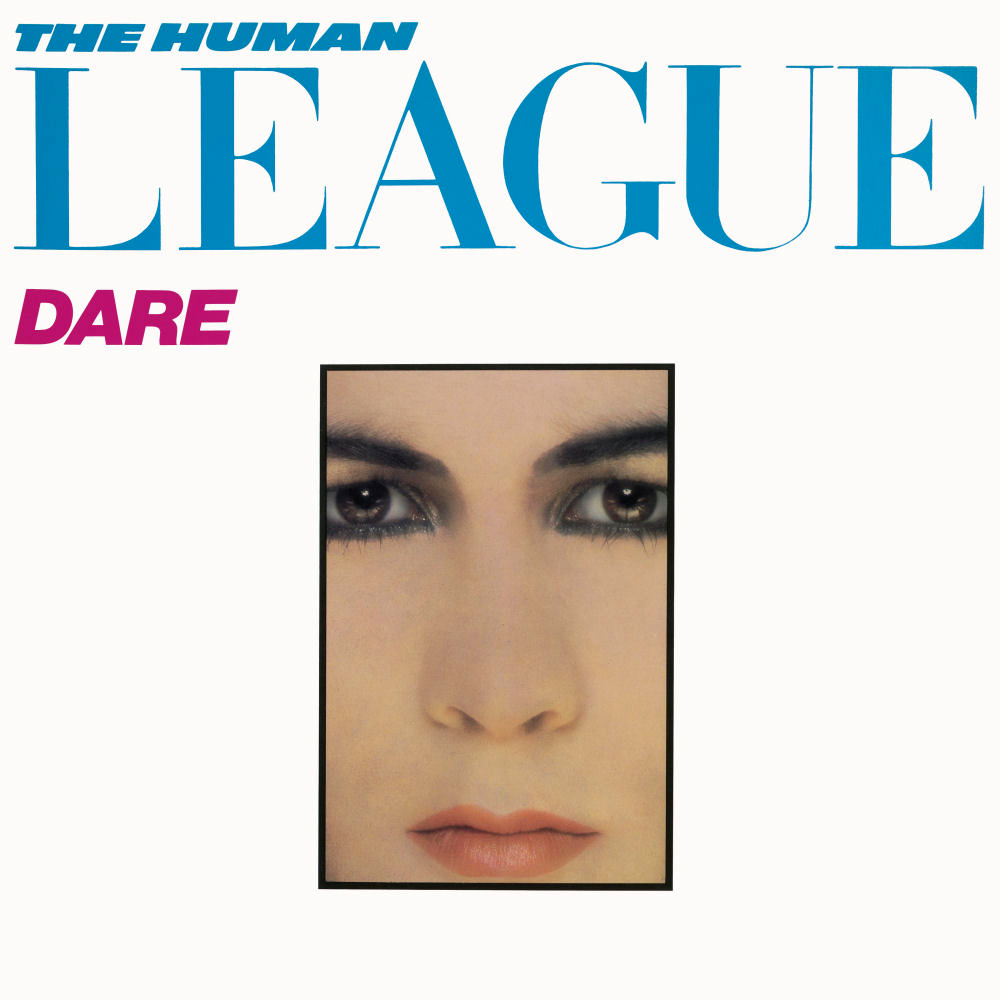
To Recreate it
Cheat. A little, anyway. We’d actually recommend using two sounds here – the original definitely has two sounds layered – and the first could be one that we’ve already made. Take the previous DM lead sound and make sure it is detuned, and then underpin it with a bass note that follows it and you will be close.
7: Kraftwerk – The Model
We finish our Seven Deadly Synth Sounds tour with a track that straddles both the 70s and the 80s. The Model was originally released in 1978, but when rereleased in 1981 as a double A-side single with another Kraftwerk classic, the prescient Computer Love, hit Number 1 in the UK in February ’82. The band, of course, could have filled our Seven Deadly Synth Sounds feature by themselves, as they are the very godfathers of electronic music (techno, hip-hop, etc, etc, etc).
The Model, though, is arguably Kraftwerk at their smoothest and most melodic: a peak of synth brilliance that sits perfectly between the band’s early experimental noodlings and later ‘techno catch-up’ phase.
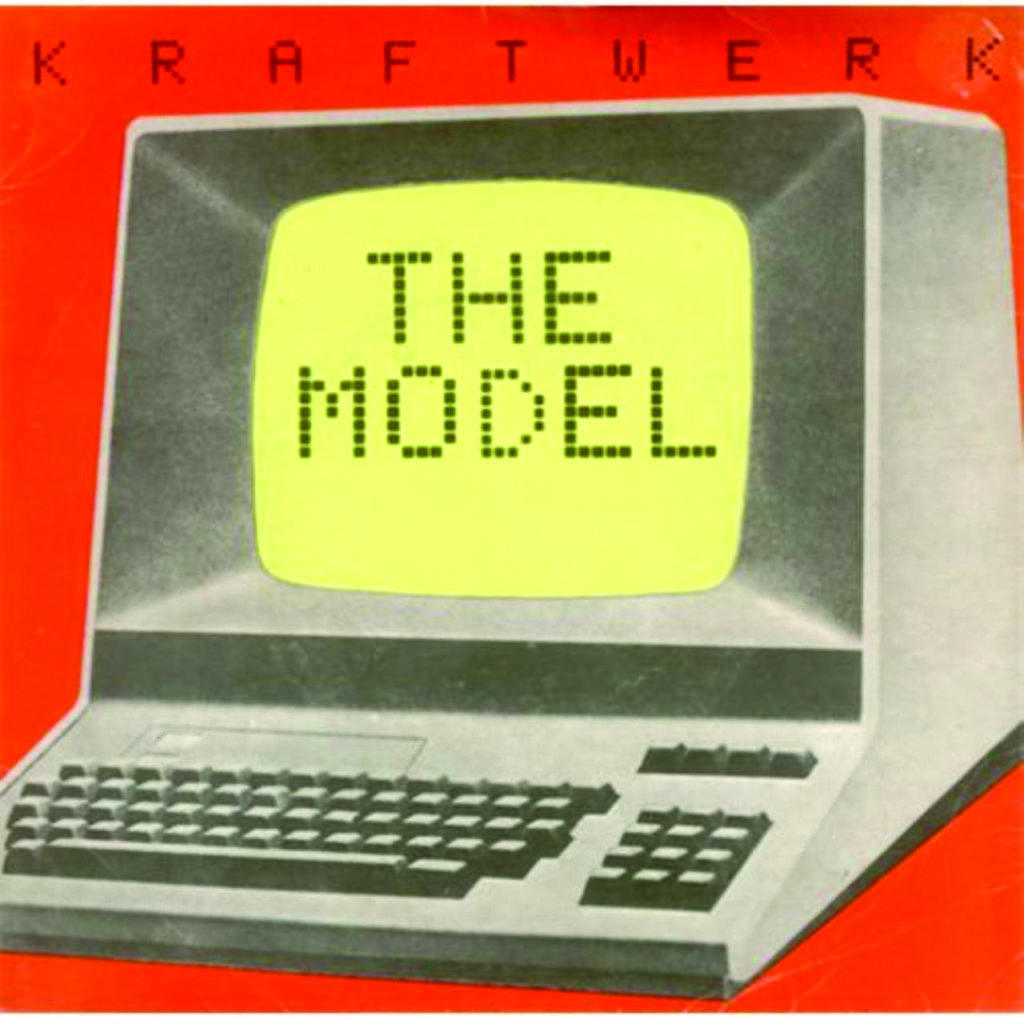
To Recreate it
The lead sound in The Model is probably the most complex of the sounds in this roundup, but is still very simple compared to what today’s synths are capable of. As we plunder through these early decades, we’re certainly finding that these classic synth sounds are all fairly simple – perhaps no surprise, given the early technology used. Maybe they stood out and have become classic simply because these were the first outings for these particular sounds, or maybe it’s because they backed such strong melodies…
Either way, The Model does have a great lead melody and sound. The original might have been produced on one of three classics of the time: a Minimoog, ARP Odyssey or Prophet-5 that the band were known to use. You can use a sawtooth waveform to create it with a single oscillator (two are always good, of course) with a fast attack and decay, and a medium release and sustain.
Now apply a slow LFO to the filter frequency for the ‘wow’ filter sound, start your melody at the A note and stick to the white notes (they taught Depeche Mode everything) – and Ralf’s your uncle. Did we tell you we met one of Kraftwerk at Superbooth? No? Do feel free to ask us about it…Coming soon: We’ll plunder the later decades of synth sounds just as soon as we meet someone young enough to tell us who or what Skrillex is [is it a cream for saddle soreness? – Ed].